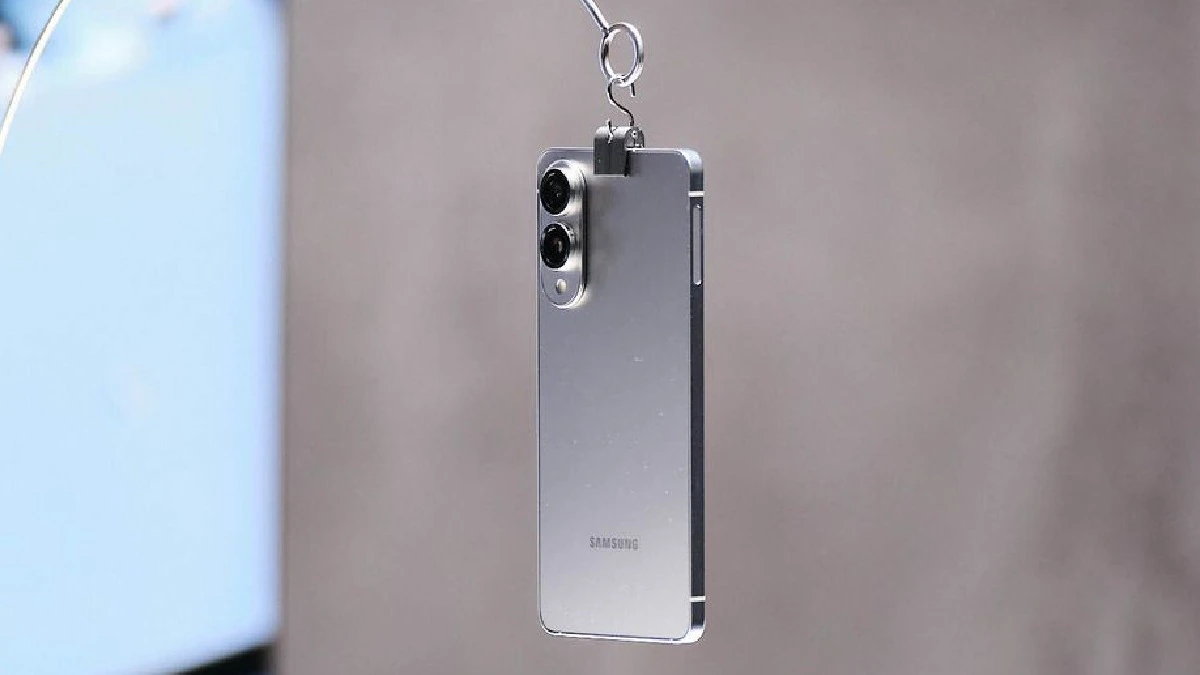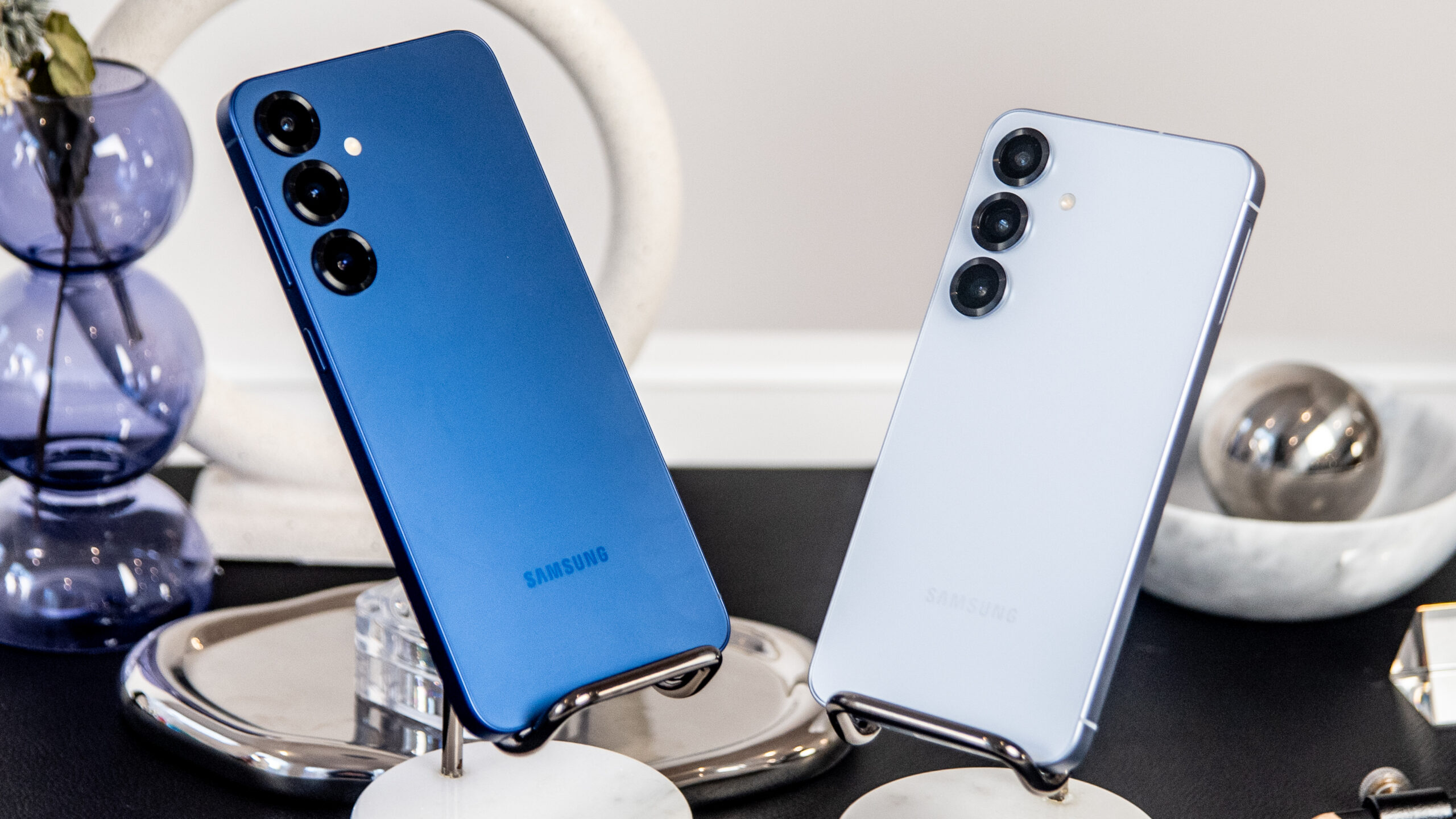In today’s digital era, staying connected is more crucial than ever. For Android users, the ability to turn your smartphone into a Wi-Fi hotspot presents a convenient way to ensure you and your devices remain online, wherever you are. This feature is invaluable in various situations, from traveling to working remotely in areas without reliable Wi-Fi access. Here, we outline the process and tips for setting up and optimizing your Android device as a Wi-Fi hotspot, ensuring you get the best possible experience.
Key Highlights:
- Universal Availability: Nearly all Android devices come with the built-in ability to create a Wi-Fi hotspot.
- Easy Setup: The process involves a few simple steps accessible through the device’s settings.
- Customization Options: Users can personalize the hotspot name, password, and other settings for security and efficiency.
- Data and Battery Management: Monitoring data usage and managing battery life are crucial for an optimal hotspot experience.
Step-by-Step Guide to Enabling Wi-Fi Hotspot on Android
- Accessing Settings: Navigate to your Android device’s settings. Look for “Connections” or “Network & Internet,” though the exact naming might vary based on your device’s model and operating system version.
- Hotspot & Tethering: Within the settings menu, find and select “Hotspot & Tethering.” This option might also be labeled differently, such as “Mobile Hotspot and Tethering.”
- Activating Wi-Fi Hotspot: Tap on “Wi-Fi hotspot” or a similar option to activate the feature. You might encounter additional settings at this stage, allowing you to set or change the network name (SSID) and password.
- Configuring Settings: Before enabling the hotspot, consider tweaking its settings for a personalized and secure experience. Options include setting the network band (2.4GHz or 5GHz) and limiting the number of devices that can connect.
- Turning On the Hotspot: With your settings configured, turn on the Wi-Fi hotspot to start sharing your device’s mobile data connection with other devices.
Optimizing Your Hotspot Experience
- Security: Always use a strong password to prevent unauthorized access.
- Battery Life: The hotspot feature can drain your phone’s battery quickly; keep your device plugged in or carry a power bank.
- Data Usage: Be mindful of your data consumption, especially if your mobile plan has a data cap.
Device-Specific Instructions and Tips
While the general process is similar across Android devices, there are some variations:
- Samsung: Go to Settings > Connections > Mobile Hotspot and Tethering > Mobile Hotspot.
- Google Pixel: Navigate to Settings > Network & internet > Hotspot & tethering.
- Motorola and LG: Look for Settings > Network & Internet > Hotspot & Tethering.
Pro Tips:
- AP Band Selection: Choose between 2.4GHz for wider coverage but slower speeds, and 5GHz for faster speeds but shorter range.
- Avoiding Interference: In crowded areas, changing the hotspot’s broadcast channel can help minimize interference and improve connectivity.
Advanced Configuration for Security and Efficiency
- Security Protocols: Most Android devices offer various security protocols for your Wi-Fi hotspot, including WPA2 PSK, which is currently the most secure. Always opt for the highest level of security to protect your data.
- Customizing Network Name (SSID): Personalizing your hotspot’s network name makes it easily identifiable among other networks, reducing confusion for intended users.
- Managing Connected Devices: Through your hotspot settings, you can view and manage the devices connected to your network. This is crucial for ensuring only authorized devices use your data connection.
Turning your Android phone into a Wi-Fi hotspot not only offers convenience but also ensures you stay connected in the absence of traditional Wi-Fi networks. By following these guidelines and tips, you can maximize your hotspot’s performance while managing data usage and battery life effectively.









